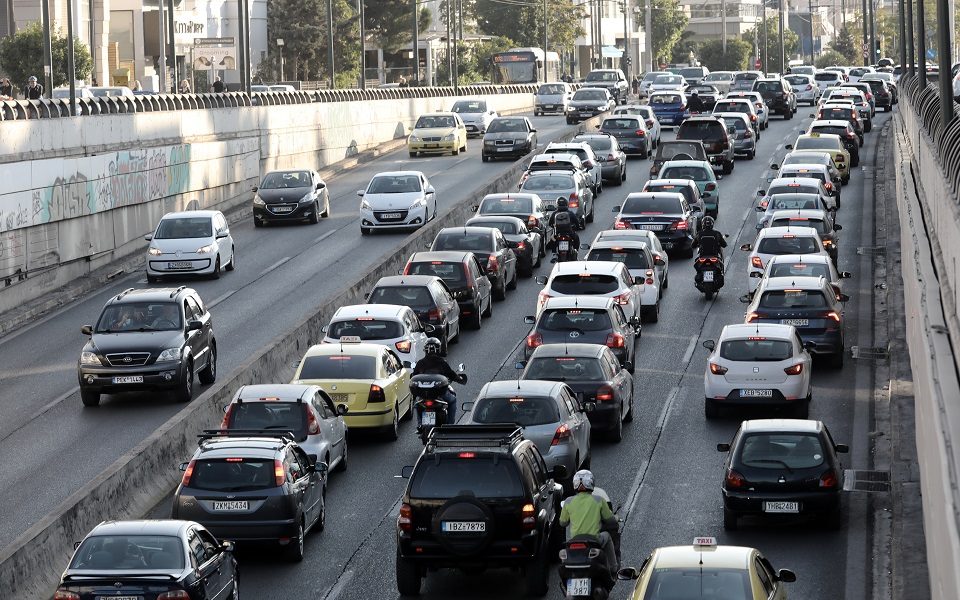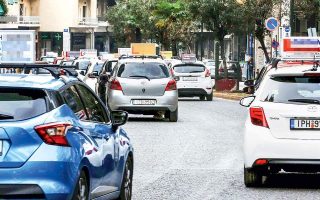Two-tier traffic the new norm for Athens
New restrictions bring relief to city center but frustrating congestion to major roads around it

Athens is experiencing two-speed road traffic since the return last month of restrictions on vehicles entering the city center.
More specifically, the flow of vehicles in the center has significantly improved but the complete opposite has occurred on peripheral roads outside the restrictions zone, where extended traffic jams have become the daily norm.
Indicatively, peak traffic times on the major thoroughfare of Kifissos Avenue in the morning now extend until 11 and in the evening until 7.
A similar picture has also been observed on other major roads in the capital, such as Kifissias, Michalakopoulou, Kallirois and Hamosternas.
“The inconvenience you suffer before you reach the center does not allow you to enjoy the ease of movement within the zone,” says a slightly exhausted George K who drives an electric vehicle daily from the northern suburb of Agia Paraskevi to the center of Athens, where he works.
According to these traffic restrictions, known as the Daktylios system, vehicles with license plates ending in even numbers can only enter the downtown area on even days of the month, while those ending in odd numbers can only do so on odd days.
Vehicles excluded from the measures are electric, hybrid or autogas cars, as well as Euro 6 cars that emit less than 120 grams per kilometer of CO2 and drivers who have special permits.
The traffic restrictions have also led to an increase in the number of passengers on the Athens metro. However, many commuters avoid taking buses because they invariably get stuck in traffic jams too. The overall sense is that commuters prefer not to take public transport due to the pandemic, fearing the higher transmission rates in closed spaces.
Given all the commotion, transport experts stress the need for the implementation of measures that promote smart mobility and the use of alternative modes of transport in order to change this picture. This could include electric skates, bicycles or car pooling and vehicle sharing, which experts say could significantly reduce the presence of cars.
Sharing could entail a company distributing its fleet through an electronic platform to users, who, depending on the sharing model and their needs, have access to a vehicle whenever they request it.





